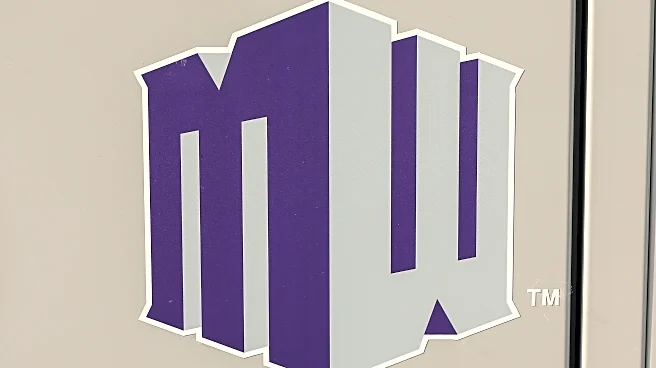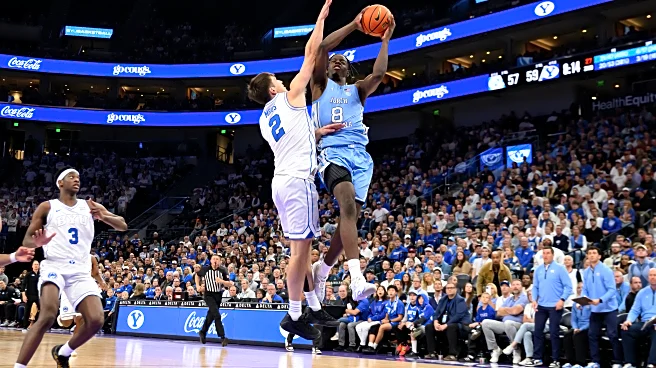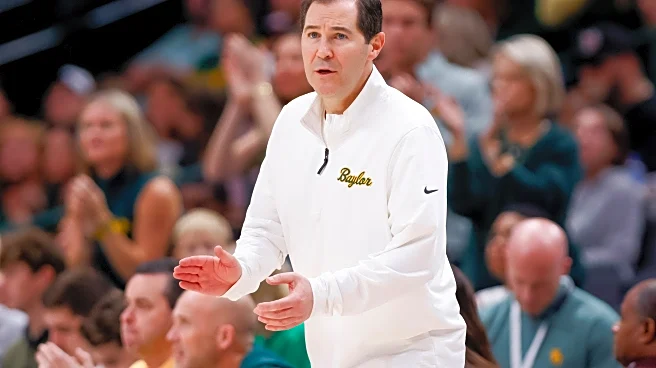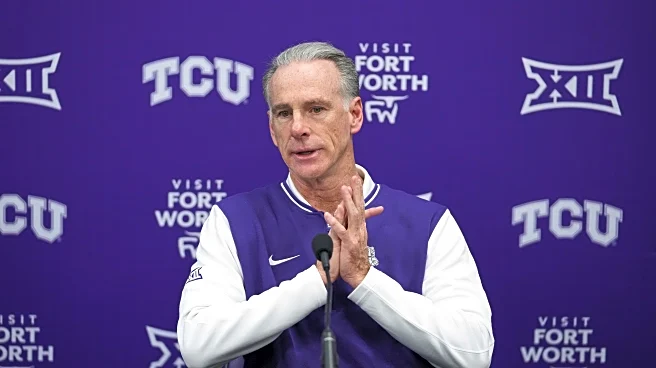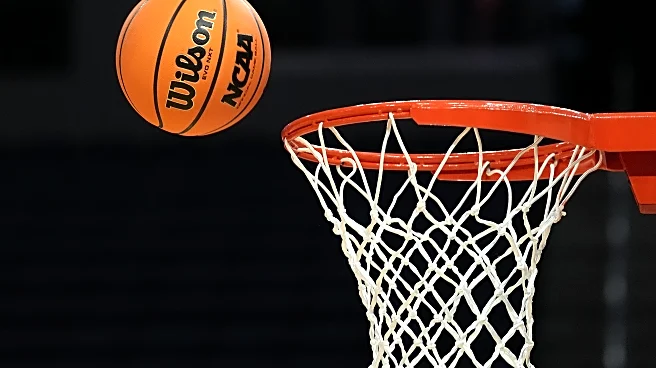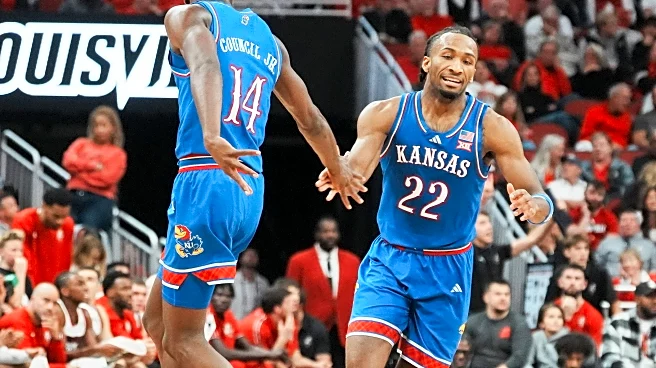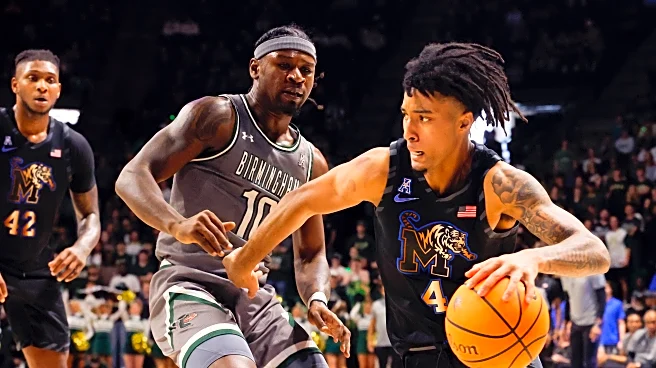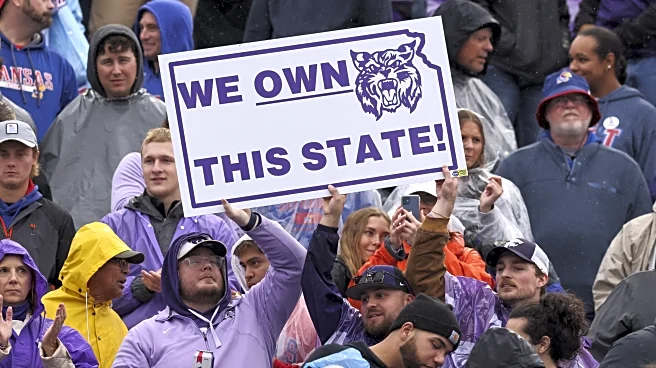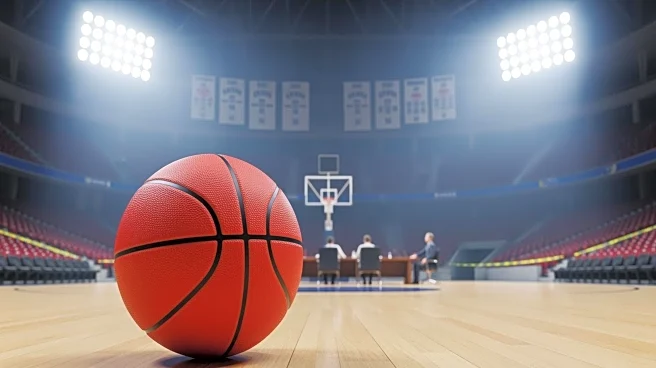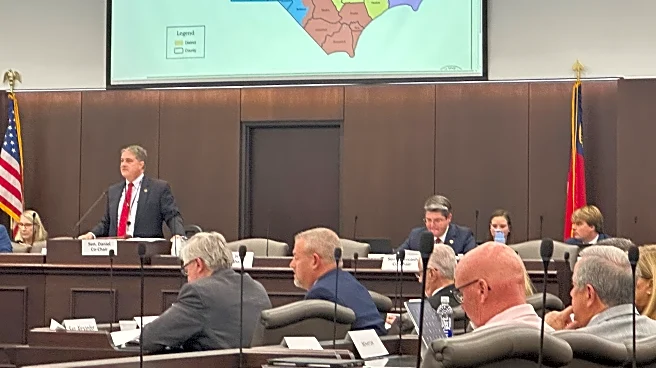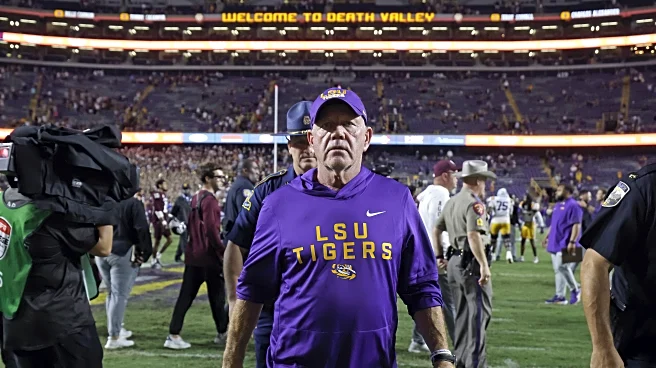As many readers know, from time to time, we attempt to connect with different people who have affiliations with college sports. Over the years, this has allowed us to talk to athletic directors, SIDs,
broadcasters, equipment managers, consultants, and even conference commissioners. Recently, we had the opportunity to connect with Parker Titus, who creates graphics for high school recruits when they announce their college commitments. Read more about him below.
MWCConnection: Can you introduce yourself and share a bit about your background? Did you play sports growing up?
Titus: My name is Parker Titus and I grew up in a rural town in Kansas. Growing up in a small town, a lot of people put a lot of pride in small-town sports, so I grew up playing a lot of different sports for my small school. In high school, I focused on football and basketball. I played basketball on the Under Armor circuit and got to play against some really good players.
MWCConnection: Can you explain a bit about what you do with social media graphics and how you got into that line of work?
Titus: I provide social media graphics for athletes looking to announce their commitments to schools. I also provide recruiting graphics for athletes who want to get their name out there with offer graphics or even statistical graphics. I also provide social media graphics involving top 25s, top rankings, players of the week, etc to multiple accounts on X and Instagram. I got into this line of work by first just providing some graphics for some local guys that I coach. From there, I would get a few requests from athletes around the area to do a graphic for them. My first ever paid graphic was an NFL Declaration graphic for a Louisiana Monroe player that I happened to come across. From there, it took off, and I started getting requests from players around the country.
MWCConnection: How does the process work? Do recruits reach out to you first, and what are the steps involved from first contact to finished product?
Titus: Recruits reach out to me via direct messages on X or Instagram. From there, I will get everything I need from them, such as their name, the school, the pictures, and any preferences they have for the graphic. From there, I will create the graphic based on what they are looking for and remain in contact with them until they are pleased with the graphic they are getting. Sometimes this involves many changes, but I pride myself on providing recruits with top-of-the-line work because many of them only get to announce once in their careers. Finally, the last step is to get it posted on social media. Many recruits want me to post their commitments or offer graphics as I have connections with other accounts that will get their post more attention if we collaborate. Sometimes, athletes would rather post and collaborate/tag me instead, which I am perfectly fine with.
MWCConnection: College recruiting is constantly changing. How have you seen the changes over the past few years with the transfer portal and the popularity of announcing offers and visits and commitments?
Titus: I have seen a big change in recruiting the past few years. If an athlete is not getting their name out there on social media via X or Instagram, they simply will not get recruited. X has turned into one of the biggest recruiting tools for college coaches to discover athletes. As I have been involved in many athletes’ recruiting processes, it is amazing how many connections athletes can make through X. A player can go from virtually unknown to being followed by power 4 coaches in a matter of days if their post and account get the right foot traffic. The portal has only added to the chaos of social media recruiting, as there are more requests for transfer letter graphics, offer graphics, and commitment graphics than ever before.
MWCConnection: What does a typical week look like for you in terms of spending time on creating graphics? Are certain times of year busier than others?
Titus: My work time and schedule for graphics goes with the flow of recruiting. As a designer in the high school and college football space, my busiest times are in the recruiting periods when athletes are taking visits and deciding on where they want to go to school. For the most part, the biggest months are November, December, January, May, June, and July. In the busy months, I do most of the graphics late at night, as this is a side hustle for me.
MWCConnection: Roughly how many recruits will you do graphics for in a given recruiting cycle (or each month if that is easier to answer)?
Titus: In busy months I will create anywhere from 100-145 graphics a month for athletes. In the slower months, I usually average about 40-80 graphics a month. This can ebb and flow a lot based on how college coaches are recruiting a certain class.
MWCConnection: Also, you are a high school football assistant coach. Do you serve as a recruiting coordinator on the staff? If so, can you explain your role and main functions of that job?
Titus: I coach at a small school in Kansas so we don’t really have a recruiting coordinator. I primarily serve as an on-field coach in my current role. Being from a small town, we do not have many high-profile athletes. We have had a few that I have helped through the process, and it has helped me gain a better understanding of how the whole recruiting process works and what high-level Division 1 coaches are looking for.
MWCConnection: From your conversations with recruits, why is it meaningful to them to have graphics done to be part of announcements during milestones of their recruitment process?
Titus: To me, announcing that you are committing to a school has almost gotten as popular as announcing that you are getting married or having a kid. Not many athletes get to announce that they get to go on scholarship at a college for athletics, let alone division 1 athletics. Whenever an athlete gets the opportunity to attend college with costs covered, it is a big deal no matter where the athlete comes from. As far as the announcement goes, the world discovers news through social media and a lot of athletes place a lot of value in that.
MWCConnection: What is your favorite part of the job?
Titus: My favorite part of the job is meeting all the athletes and following their stories. I have worked with athletes from nearly every state in the United States, and I have even gotten the opportunity to work with international athletes. Although I don’t get to connect with many of the athletes on a deep level because of the number of requests that I get, there are a few that I have kept in contact with. I enjoy seeing athletes be successful and find joy in picking a college to attend. It is also pretty cool to see all their friends and community backing them when they make a post.
MWCConnection: What is your least favorite part of the job?
Titus: My least favorite part of the job is probably handling all of the requests during busy seasons. Although it is a blessing to receive so many requests, I usually do not even have enough time to fit in all of the graphics I get requested for. It takes a lot of time to communicate with all of the recruits during this time. But, overall, I love the process and graphic design is a form of therapy and relaxation for me.
MWCConnection: What is something about what you do that most people wouldn’t think about?
Titus: Most people don’t think about the work that it takes behind the scenes to make a prominent account on social media. It requires being active daily and engaging with content. It also takes a lot of time to come up with the correct captions for athletes and their posts. I have to do research on these prospects and make sure everything is correct before I put it out to the world. If information is incorrect or something is off just slightly, it could throw all the work I just did to create the graphic away. There is a lot of time in researching and making sure every post is good to go.
MWCConnection: What would you say to someone who wants to get into college sports in more of a niche way, like recruiting graphics?
Titus: If someone is looking into getting into college recruiting graphics, it is for sure a grind. I had to learn how to use all of my current graphic design tools for two years before I started making graphics for athletes. Once you learn graphic design, I just recommend finding graphics that you like and try to recreate them. With this practice, you will become better at creating graphics and find out what path you want to take. It is all about making connections and making sure you post your work. If you are first starting out, you probably won’t be able to do very much paid work, but as you build your account up many will value your work and pay for it. Overall, it has been an absolute grind the past few years to get to where I am today with it; hard work and enjoying the work that I do has helped me get there.
Follow Parker: @ptgraphics0 (Twitter & Instagram)
